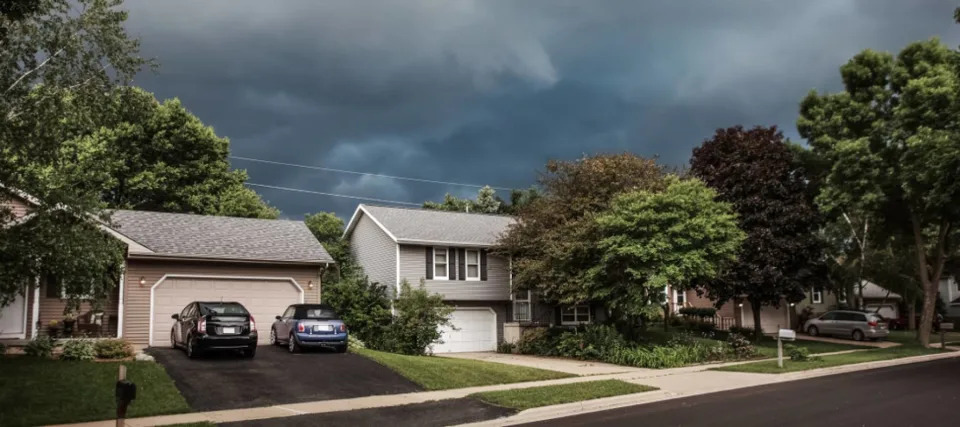Boots on the Ground...Dec. 21st...Prepare as best as you can for economic hard times.
BIDEN LIES ABOUT THE JOBS NUMBERS..... THEY'RE DISMAL!!!
GOOD TIME TO FLOOD AMERICA WITH 5 MILLION JOBLESS ILLEGALS!
Tucker Carlson Tonight
BIDEN'S LIES ON THE ECONOMY
25 Retailers And Restaurant Chains That Filed For Bankruptcy As All Hell Is Breaking Loose
Massive loads of debt, changing consumer habits, supply chain problems, and declining profits all combined to create a lethal cocktail of bankruptcies and store closures that affected many retailers and restaurants across the U.S. in recent years. When governments started to introduce pandemic shutdowns in 2020, hundreds of thousands of companies were already struggling with slower foot traffic, weak cash flow, and gigantic piles of real estate debt. The temporary closures only set off a crisis that was already in motion, and the uncertainty brought on by the new downturn sent many businesses over the edge.
While about 10,000 retail stores closed since November 2019, more than 110,000 restaurants have been lost over that same period. For instance, over 400 Wendy’s locations have been sold in a 2021 bankruptcy deal. Since last year, over 130 Wendy’s restaurants have been closed all over the nation as its parent company struggles to renegotiate its $1 billion debt load. The survival of many underperforming locations is still on the line. With Wendy’s reporting a 10% profit loss in the last quarter, and its shares plummeting 26% since the start of the year, we soon may have to say goodbye to this beloved chain.
Given that Pizza Hut is operated by the same parent company as Wendy’s, NPC International, the famous pizza chin may be doomed to a similar fate. Over the past twelve months, more than 300 Pizza Hut locations have been shuttered. Executives noted during the court filing that the restaurant “had already been losing money before the pandemic, but its advent accelerated the folding”.
As one industry rises another goes down. With the rapid growth of e-commerce and food delivery services, many retail stores and restaurant locations are becoming redundant. Keeping a store open not only requires a reliable customer base but also good financial health to afford rampant real estate costs and rising wages. That's why these days companies are preferring to shut down their brick-and-mortar operations altogether and focus on relaunching their brands on online platforms to reduce costs and optimize profits. That may even save some popular brands that have been with us for decades. But at the same time, this also means that our shopping malls and city streets are likely to get even emptier, and that some of our beloved local stores where we've created wonderful memories may cease to exist before we even notice it. Unfortunately, that's the path the retail and food industry seems to be headed.
In a matter of months, U.S. consumers saw many of their favorite stores close doors and never reopen. Businesses are still coping with one of the most turbulent economic environments since 2008, and the survival of many of them is still on the line. With a new economic recession on the horizon, we're likely to see many more storefronts go dark in 2023. But today, we compiled 25 retail companies and restaurant chains that already filed for bankruptcy over the past couple of years and are now either battling to keep their remaining locations open or finally saying their last goodbyes.
For more info, find us on: https://www.epiceconomist.com/

No comments:
Post a Comment